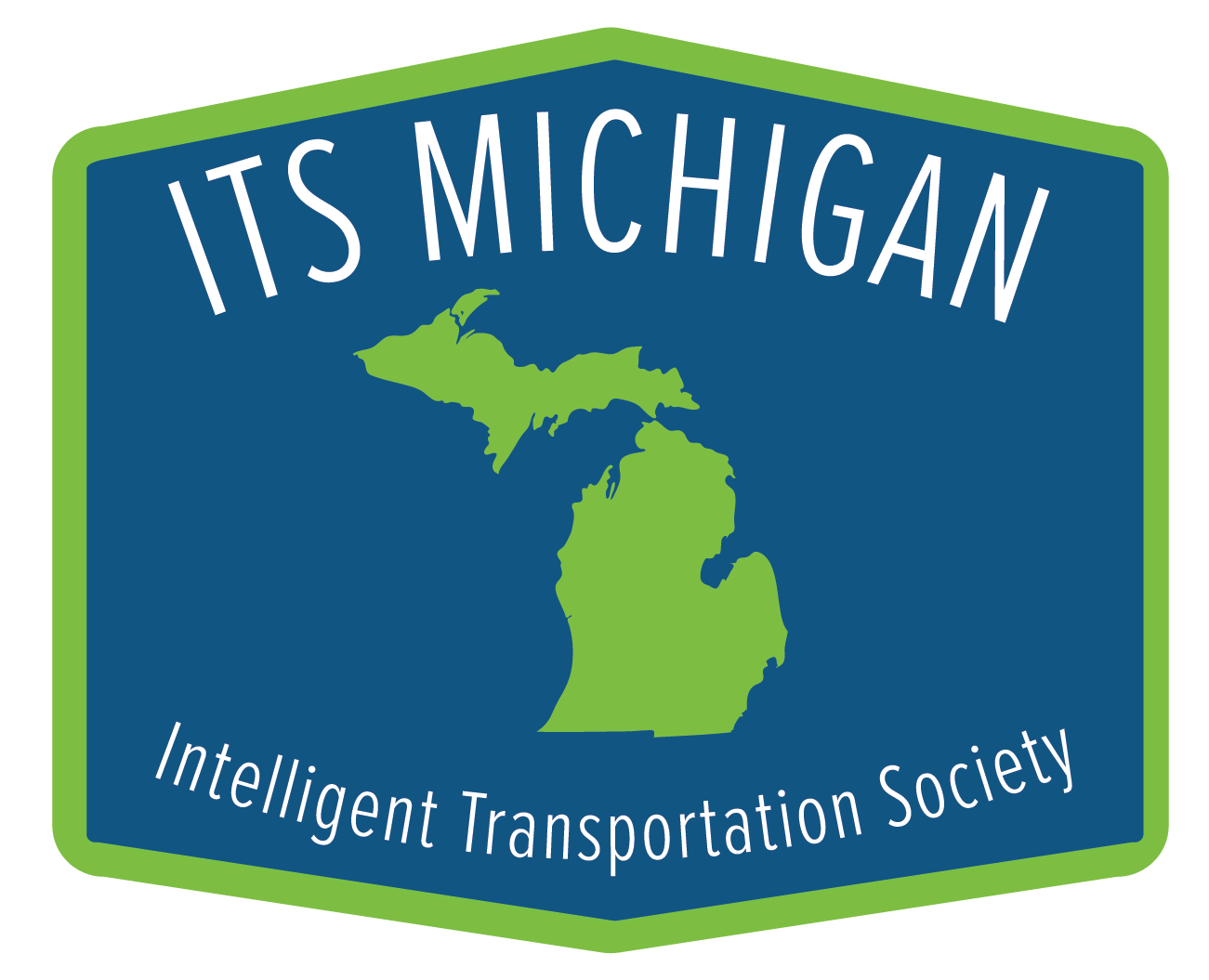Summary of ITS Michigan Regional Transportation Operations Workshop, May 2023
The 2023 Incident Management Operations Workshop was May 11 at the Novi Civic Center.
Starting the workshop, City of Novi Economic Development Director Mike McCreadywelcomed the 90 participants to the Novi Civic Center and recalled the importance of providing first responder access to construction zones. City of Detroit Emergency Management Director Hilton Kincade provided a summary of the District Detroit full-scale exercise conducted in late April in the area around Comerica Park and Ford Field.
This exercise brought together represented of the four Detroit professional sports teams, the Lions, Pistons, Red Wings and Tigers and their vendors, local response and emergency management agencies and federal partners to act together in response to several hypothetical incidents: a vehicle-ramming at Ford Field, an elevated shooter at Chevy Plaza outside Little Caesars Arena, and an improvised explosive devices detonation near the Q-line adjacent to Little Caesars Arena.
The exercise tested the response plans, public and media messaging procedures, family assistance procedures, and executive-level decision making among the teams and their partner organizations and agencies. Kincade emphasized the importance of developing relationships with first responders of all disciplines to foster seamless cooperation during emergencies within the city and region.
Next up, Officer Brian Miller of the Auburn Hills Police Department described how the communities along I-75 in Oakland County shared resources to respond to traffic incidents in Troy, Auburn Hills and Bloomfield Township. These police departments have a common protocol for traffic-incident response that allows officers from one community to assist with a response in an adjacent community. This allows sharing of equipment as well as trained responders, resulting in safe, quick clearance in these communities along approximately 20 miles of I-75 in Oakland County.
Brian Davis from the Michigan Department of Transportation (MDOT) then described the construction of the I-96 Flex Route. Video cameras are being used in the construction zone to help MDOT manage traffic issues in the construction zone.
Dennis Richards from Incident Clear showed the debris removal system that allows clearance of items from the travel lanes without putting a responder on the road. It is compatible with Standard Push Bumpers and used with three-quarter ton or higher vehicles. It is frame- mounted steel with a two-inch durable wearing edge and features interior, hand-held control with four anti-slide teeth on the unit. this allows full use of the push bumper without restrictions.
Ally Racisz from SEMCOG highlighted her agency’s involvement in traffic safety. She noted that heavier electric vehicles have a greater impact when they strike pedestrians.
A panel discussion of electric vehicles and traffic-incident management highlighted the difficulties experienced by fire service responders in extinguishing electric vehicle fires. Matt Bowman from the Energy Security Agency shared an 800 number to help firefighters respond to electric vehicle fires.
Bowman noted that water does not necessarily extinguish an electric-vehicle battery fire. The danger of electric-vehicle fires is both from the flames and from the gases released by the battery.
Vehicle occupants need to get 50 feet away from the battery fire to be safe. Responders need to get vehicle occupants clear of the fire and the gas release dangers. Bowman recommends tagging the electric vehicles so that responders know the type of battery being encountered.
Brighton Fire Chief Michael O’Brien echoed Matt Bowman’s concerns about electric-vehicle battery fires. He noted Michigan intends to become a center for electric-vehicle battery production, and this will mean more electric-vehicle batteries on the roads. Fire-service responders must be aware of fires in electric vehicles and fires as freight on trucks carrying electric vehicles.
Dawn Miller from MDOT explained the MI-TIME training program which teaches various responders about the different roles of the disciplines responding to a traffic incident. Understanding who does what helps clear the roadway quickly. It also minimizes the time the responders spend in the road. Michigan has trained more than 9,700 responders and hopes to train another 6,500 to reach the goal of training 16,200 by the end of 2026.
Chris Williams from SEMCOG introduced a video that gives a history of traffic-incident management in Metro Detroit and highlights past Partnering Workshops for traffic-incident management.
Barbara Swan at Southeast Michigan Transportation Operations Center help to organize the program and arrange for many of the speakers. Williams and Racisz from SEMCOG arranged for workshop registration on the SEMCOG website. They also produced the retrospective video. ITS Michigan’s Leanne DeRousse prepared name tags and table assignments and staffed the registration area.

